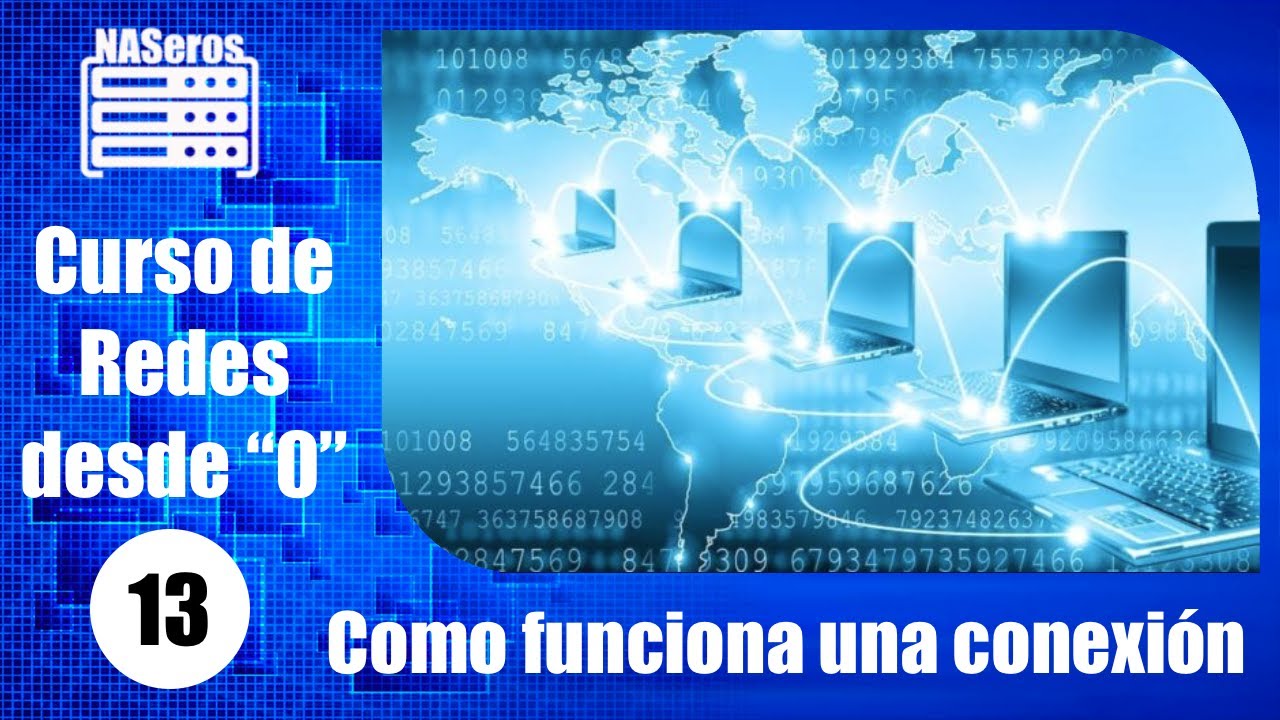Image Sensors 5 of 6 - Frontside and Backside Illumination
Summary
TLDREl guion del video explica el concepto de la tercera dimensión en sensores de imagen, utilizando un dibujo para ilustrar cómo los fotones penetran en el silicio y crean pares electrón-agujero. Se discute la iluminación frontal, donde la luz choca con el metal y se bloquea, y cómo las lentes micro mejoran la eficiencia de captura de luz. Además, se presenta la iluminación trasera, donde la luz entra desde el lado opuesto al metal, siempre y cuando el silicio esté completamente despojado, evitando regiones libres de campo y aumentando la eficiencia cuántica. El video también define 'drenaje' y 'difusión' en el contexto de la conducción de carga en el silicio.
Takeaways
- 📏 La dimensión tercera no se muestra en la representación 2D, pero es crucial para entender cómo la señal sale por encima de los píxeles en la dimensión Z.
- 🎨 El dibujante intenta ilustrar la dimensión Z al voltear un array de píxeles y representar los píxeles en esa nueva dimensión.
- 🔍 Se menciona que los fotodiodos, compuestos por tipos N y P, están en la base de la estructura y están conectados a tierra.
- 💡 La llegada de un fotón puede crear un par electrón-agujero, donde el agujero se mueve hacia afuera del imagenador y el electrón se dirige a su píxel más cercano.
- 🤔 No hay una separación física entre los píxeles en el silicio; son diferentes perfiles de dopado en una masa de silicio.
- 🚀 Un electrón creado puede, aunque esté más cerca de un píxel, potencialmente moverse a otro píxel vecino en la matriz.
- 🌌 Se describe cómo los fotones entrantes pueden ser bloqueados por el metal o penetrar en el silicio, dependiendo de su dirección de llegada.
- 🔄 Se introduce el concepto de iluminación frontal, donde la luz llega al mismo lado que el metal, lo que puede ser ineficiente.
- 🔬 Se sugiere la posibilidad de recolectar más luz utilizando lentes micro (lentes de poliamida) para dirigir la luz hacia el silicio.
- 🔦 La iluminación trasera (BI) se presenta como una técnica para mejorar la eficiencia al enviar los fotones desde el lado opuesto al metal.
- 🛠 La eficacia de la iluminación trasera depende de la capacidad de despistar completamente el silicio de tipo P, evitando regiones libres de campo que provocan difusión de los portadores de carga.
Q & A
¿Qué es la tercera dimensión en el contexto de la imagen digital?
-La tercera dimensión se refiere a la profundidad o el 'Z Dimension', que es la altura de los píxeles en un sensor de imagen, y es crucial para entender cómo se captura la luz y se convierte en una imagen.
¿Cómo se representa la tercera dimensión en el guion?
-El guion intenta representar la tercera dimensión al mostrar cómo los fotones llegan a los píxeles a través de la profundidad, más allá de la superficie de los píxeles en las dimensiones X e Y.
¿Qué es un fotodiodo y cómo funciona en relación con la tercera dimensión?
-Un fotodiodo es un dispositivo que convierte luz en electricidad. En la tercera dimensión, los fotodiodos están en la base del sensor y crean pares electron-hueco cuando absorben fotones, lo que es fundamental para la captura de la imagen.
¿Por qué la iluminación frontal no es ideal para la captura de luz en los sensores de imagen?
-La iluminación frontal, o 'front side illumination', no es ideal porque parte de la luz incidente puede ser bloqueada por el metal en la parte superior del sensor, reduciendo la cantidad de luz que llega a los fotodiodos.
¿Qué son los microlentes y cómo ayudan a mejorar la eficiencia de captura de luz?
-Los microlentes son pequeñas estructuras que se colocan sobre el sensor de imagen para dirigir la luz hacia los fotodiodos. Ayudan a que más luz alcance el sensor, mejorando la eficiencia de captura y la calidad de la imagen.
¿Qué es la iluminación trasera o 'backside illumination' y cómo mejora la captura de luz?
-La iluminación trasera, o 'backside illumination', implica enviar los fotones a través de la parte trasera del sensor, evitando que el metal bloquee la luz y permitiendo que una mayor cantidad de fotones alcance los fotodiodos.
¿Qué es la depuración y por qué es importante en la iluminación trasera?
-La depuración es el proceso de vaciar completamente el semiconductor de su carga móvil. Es importante en la iluminación trasera para asegurar que todos los portadores de carga alcancen el área correcta del sensor y se capturen correctamente.
¿Qué son los campos libres y cómo afectan la captura de luz en la iluminación trasera?
-Los campos libres son regiones donde no hay fuerza eléctrica para guiar a los portadores de carga. En la iluminación trasera, pueden causar que los electrones se difundan en lugar de moverse directamente hacia los fotodiodos, lo que reduce la calidad de la imagen.
¿Qué es la difusión y cómo se relaciona con la captura de luz en sensores de imagen?
-La difusión es el movimiento de los portadores de carga debido a la energía térmica en ausencia de un campo eléctrico. Puede causar que los electrones se muevan aleatoriamente y no lleguen a la ubicación correcta en el sensor, reduciendo la resolución de la imagen.
¿Qué es el flujo de carga y cómo afecta la calidad de la imagen en un sensor de imagen?
-El flujo de carga es el movimiento de los portadores de carga impulsado por un campo eléctrico. Es importante para que los electrones alcancen los fotodiodos correctos y contribuyan a la captura de la imagen. Un mal flujo de carga puede resultar en una imagen borrosa o de baja calidad.
¿Cómo se puede mejorar la eficiencia cuántica en los sensores de imagen?
-La eficiencia cuántica se puede mejorar mediante técnicas como la iluminación trasera y el uso de microlentes. Estas técnicas aumentan la cantidad de fotones que llegan a los fotodiodos y se convierten en señales eléctricas, mejorando la calidad de la imagen.
Outlines

هذا القسم متوفر فقط للمشتركين. يرجى الترقية للوصول إلى هذه الميزة.
قم بالترقية الآنMindmap

هذا القسم متوفر فقط للمشتركين. يرجى الترقية للوصول إلى هذه الميزة.
قم بالترقية الآنKeywords

هذا القسم متوفر فقط للمشتركين. يرجى الترقية للوصول إلى هذه الميزة.
قم بالترقية الآنHighlights

هذا القسم متوفر فقط للمشتركين. يرجى الترقية للوصول إلى هذه الميزة.
قم بالترقية الآنTranscripts

هذا القسم متوفر فقط للمشتركين. يرجى الترقية للوصول إلى هذه الميزة.
قم بالترقية الآنتصفح المزيد من مقاطع الفيديو ذات الصلة
5.0 / 5 (0 votes)






